Jawbone from Hiroshima victim reveals the terrifying radiation doses citizens were exposed to after the atomic bomb was dropped in 1945.
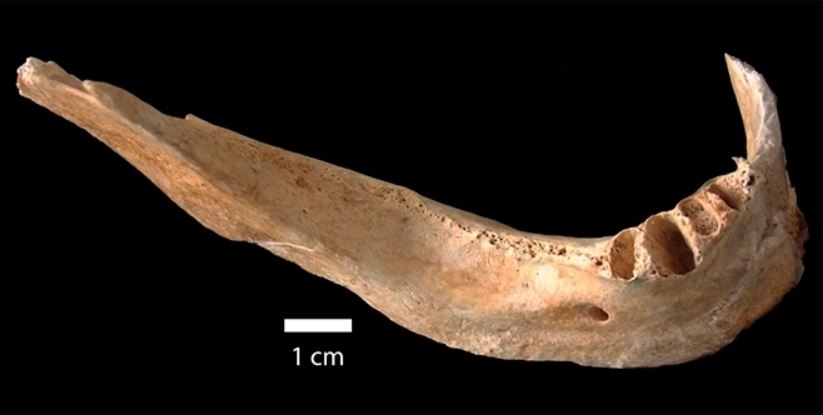
Scientists have calculated how much radiation the people of Hiroshima may have been subjected to after the 1945 bombing, using tissue from one of the victims for the first time.
The study provides unsettling new insight on the effects of the nuclear fallout after the bomb was dropped; while thousands of people were killed in the initial blast, thousands more suffered at the hands of radiation sickness in the months to follow.
Using a technique designed for dating fossils and archaeological artifacts, researchers have analyzed a fragment of a jawbone from a Hiroshima victim, uncovering radiation levels nearly double the fatal dose.
The measurements showed a dose of roughly 9.46 grays (Gy) in the Hiroshima jawbone – a high dose, according to the team. About half that dose, or 5 Gy, is fatal if the entire body is exposed to it.
WHAT HAPPENED IN THE BOMBING OF HIROSHIMA AND NAGASAKI?

The first atomic bomb was dropped on the Japanese city of Hiroshima on 6 August 1945 by an American B-29 bomber dubbed the Enola Gay.
The 9,000lb uranium-235 bomb exploded 1,900 feet (580 metres) above the ground, killing between 60,000 and 80,000 people instantly, some vanishing instantly from the heat of the vast explosion.
Others died as fire ripped through the city and some 135,000 people in total are thought to have perished from radiation sickness.
The blast flattened more than six square miles (10 square km) of the city, with fires burning for three days, leaving thousands of survivors burnt and homeless.
With major buildings like hospitals destroyed and more than 90 per cent of the city’s doctors and nurses killed in the blast, there was little help available to the injured.
Ten years later, the longer-term effects of the bomb were being noticed, including a rise in leukaemia – a blood cancer not included in the study.
The cancer was said to disproportionately affect children, with cases appearing two years after the bomb and peaking four to six years later, The IBT reported.
The Radiation Effects Research Foundation estimates 46 per cent of leukaemia deaths at the bomb sites from 1950 to 2000 were due to radiation from the bombs, with 1,900 cancer deaths linked to the atomic bomb, in total.
Hopefully, there will be no nuclear war in the future!



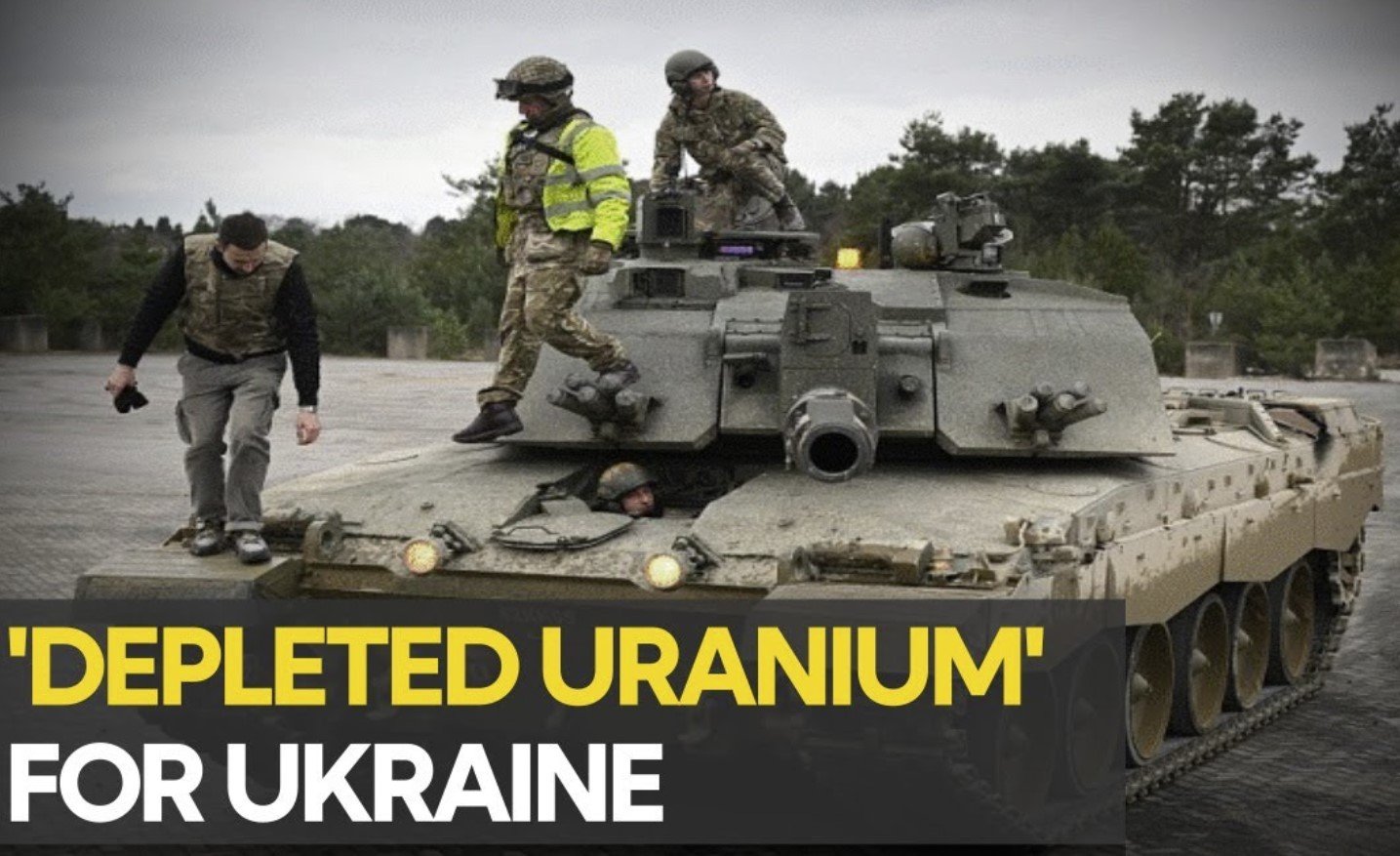
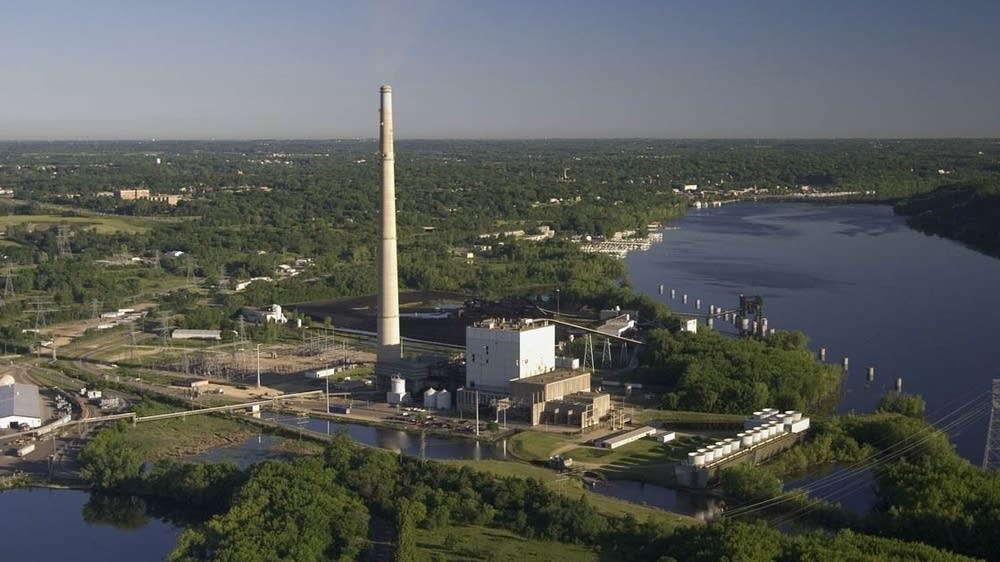


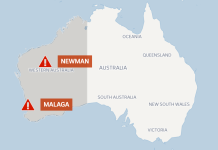

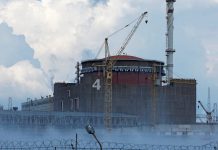
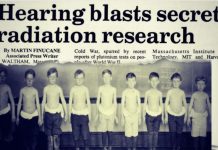

[…] Scientists calculate radiation dose in bone from victim of Hiroshima bombing: 9.46 grays (Gy) measur… […]
[…] post Scientists calculate radiation dose in bone from victim of Hiroshima bombing: 9.46 grays (Gy) measur… appeared first on STRANGE SOUNDS – AMAZING, WEIRD AND ODD […]